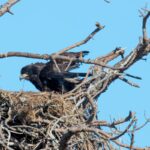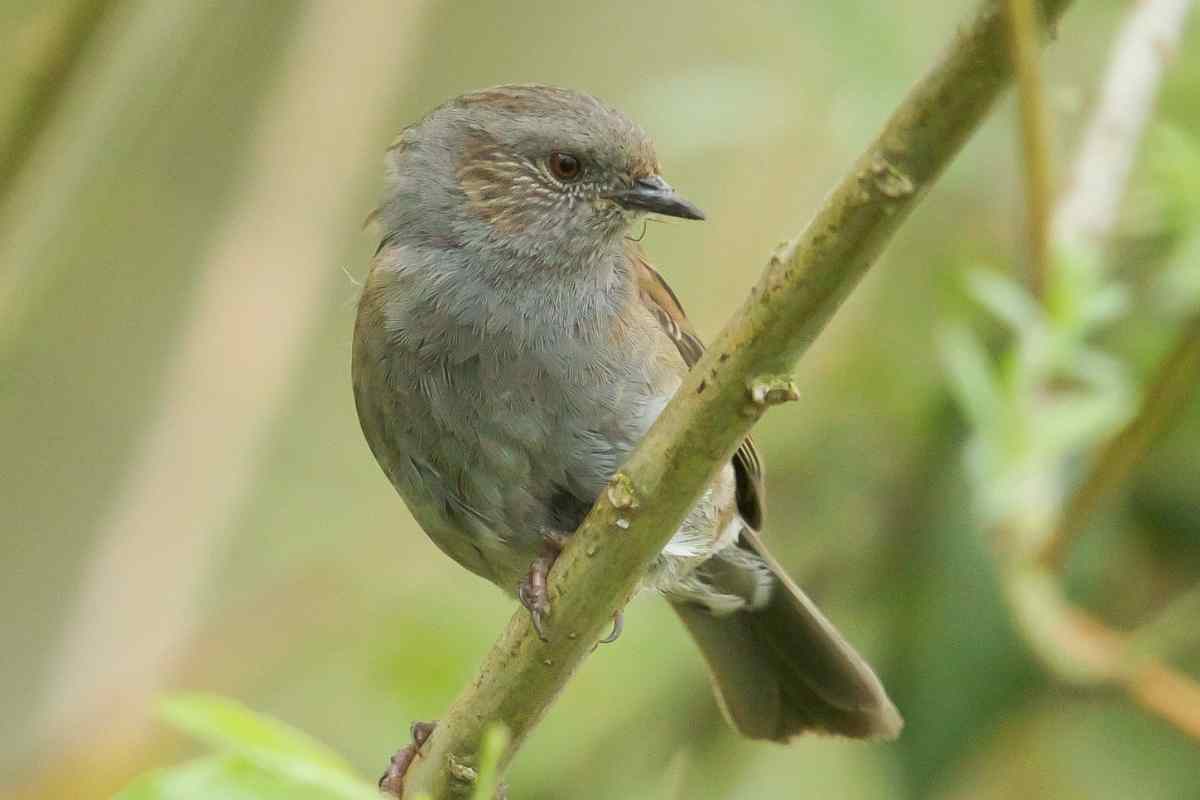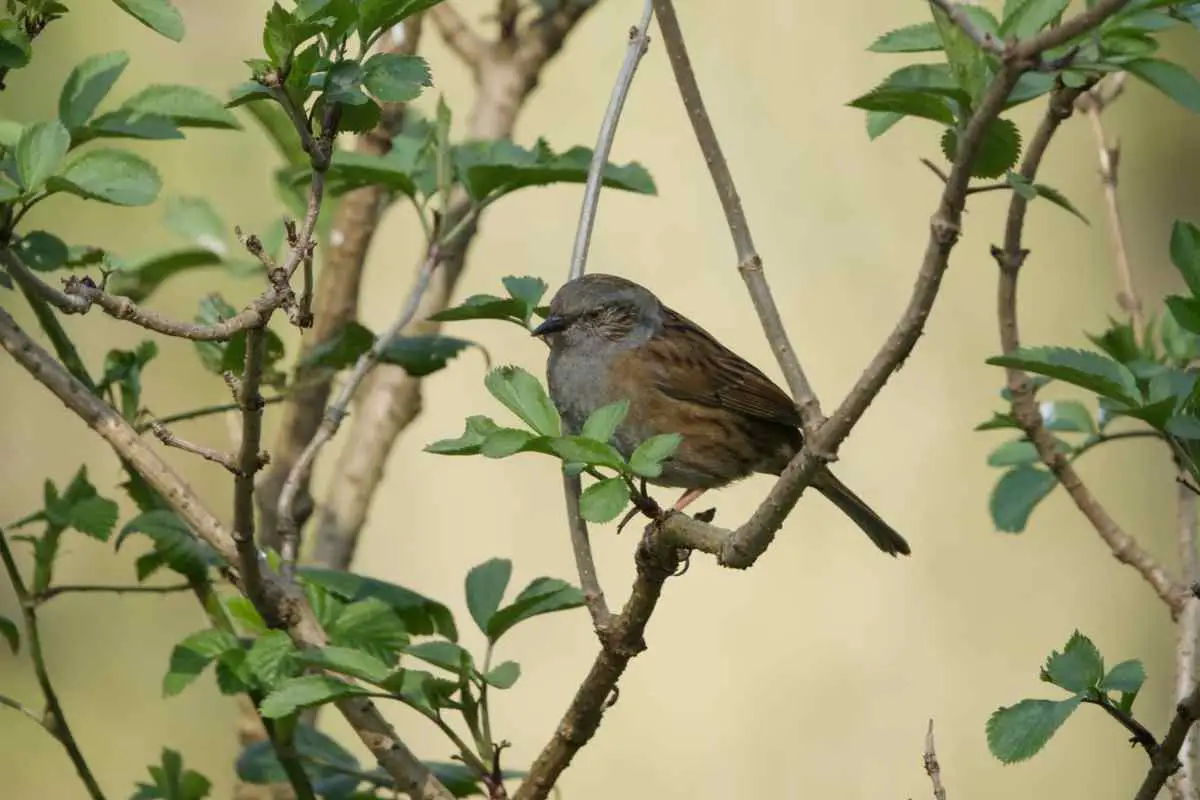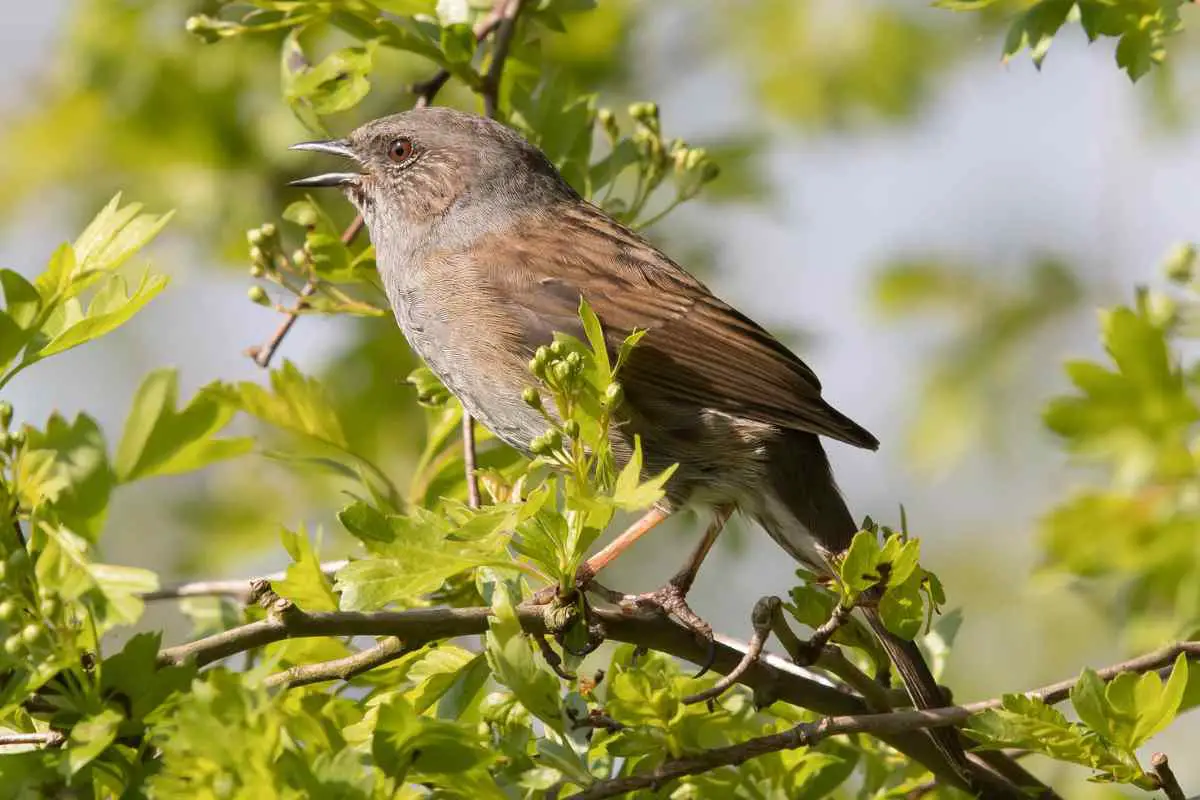Hawk’s nests can vary in appearance depending on the species of hawk and the location of the nest. However, most hawk’s nests are large, bulky structures made of sticks and twigs, lined with softer materials such as moss or grass.
They are typically built in trees or on cliffs, and can be quite large, measuring several feet across and several feet deep.
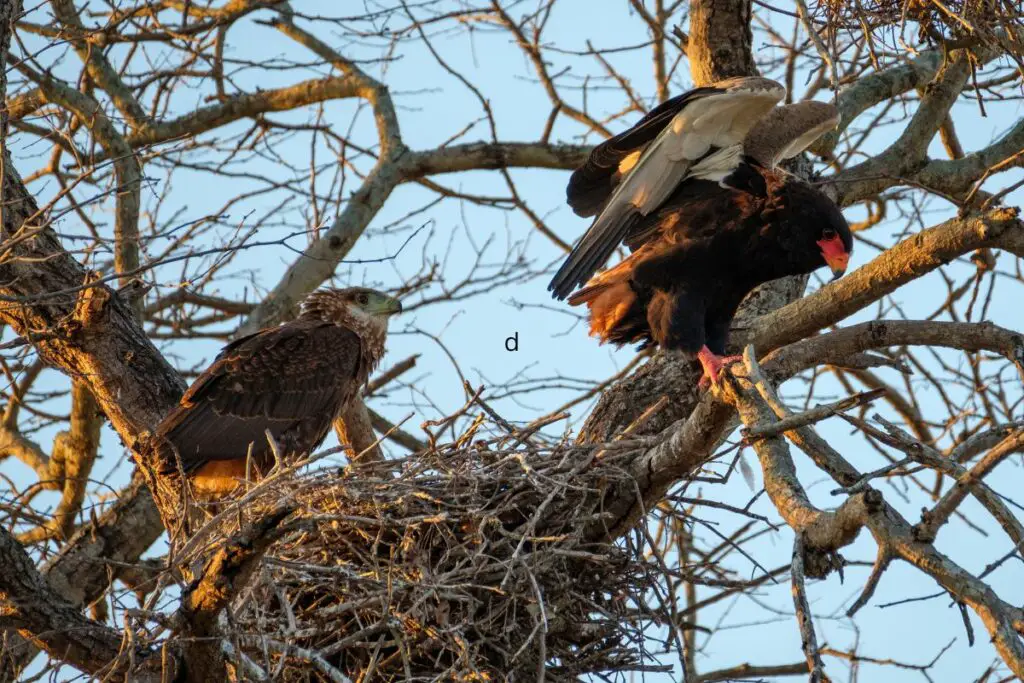
Some hawks, such as the red-tailed hawk, may reuse their nests year after year, adding to and reinforcing the structure over time.
Table of Contents
How To Identify A Hawks Nest?
There are several ways to identify a hawk’s nest:
- Location: Hawks typically build their nests in trees or on cliffs, so look for nests in these types of locations.
- Size and shape: Hawks’ nests are typically large and bulky, measuring several feet across and several feet deep. They are usually round or oval in shape.
- Materials: Hawks’ nests are made of sticks and twigs, lined with softer materials such as moss or grass.
- Visible Contents: If the nest is active, you may see the adult birds sitting on the nest or flying in and out, or you may see chicks peeking out of the nest.
- Reusability: Some hawks, such as the red-tailed hawk, may reuse their nests year after year, adding to and reinforcing the structure over time.
- Hawk species: Not all hawks build nests, some of them are Osprey, Bald eagle, and Harpy eagle. They all have different nesting location, some of them are found in the tree, some of them are found in cliffs and some of them are found on the ground.
It’s important to note that observing and identifying hawks nests should be done from a safe distance, as disturbing the nest or adult birds can harm the birds or their offspring.
Brief Information About Hawks
Hawks are a group of birds of prey in the family Accipitridae, which also includes eagles, kites, and harriers.
They are found all over the world and come in a wide variety of shapes and sizes. Hawks are known for their sharp talons, hooked beaks, and keen eyesight, which they use to hunt and capture prey.
They are generally solitary hunters and can be found in a variety of habitats, including forests, grasslands, and deserts.
Some common species of hawks found in North America include the Red-tailed Hawk, the Cooper’s Hawk, and the Sharp-shinned Hawk. Hawks play an important role in controlling rodent and small mammal populations and are also an indicator of a healthy ecosystem.
What Kinds Of Trees Do Hawks Nest In?
Hawks can nest in a variety of trees, depending on the species of hawk and the location. Some common types of trees that hawks nest in include:
- Coniferous trees: Many species of hawks, such as the Northern Goshawk, the Cooper’s Hawk and the Sharp-shinned Hawk, nest in coniferous trees, such as pine, spruce, and fir.
- Deciduous trees: Hawks such as the Red-tailed Hawk and the Broad-winged Hawk often nest in deciduous trees, such as oak, maple, and elm.
- Fruit trees: Hawks such as the Red-shouldered Hawk and the Swainson’s Hawk often nest in fruit trees, such as apple, peach, and cherry.
- Forest edges: Hawks like the Harris’s Hawk and the White-tailed Hawk are found nesting on the edges of forests, where they can find a variety of trees and shrubs to build their nest.
- Open fields: Some species of hawks, such as the Ferruginous Hawk and the Rough-legged Hawk, nest on the ground, typically on cliffs, rock outcroppings, or in tall grasses.
It’s important to note that the nesting location can vary depending on the species of hawk and the availability of suitable trees in the area.
Nesting habits and location also can vary depending on the region and the time of the year.
Conclusion
In conclusion, Hawks are a group of birds of prey known for their sharp talons, hooked beaks, and keen eyesight.
They can be found in a variety of habitats and can nest in different types of trees such as coniferous, deciduous, and fruit trees.
The time of year when hawks lay their eggs varies depending on the species of hawk and the location, but most hawks in North America lay their eggs between late winter and early spring.
It’s important to note that the nesting location can vary depending on the species of hawk and the availability of the suitable trees in the area, and the timing of egg-laying can also be affected by factors such as weather conditions, food availability, and breeding success in previous years.
- How to Build a Planter Box for Bamboo: A Step-by-Step Guide

- Can Robotic Lawnmowers Handle Steep Slopes?

- Do You Need a Specific Lawn for a Robotic Lawnmower? Expert Advice

- Are Robotic Lawnmowers Safe for Pets and Children? Safety Features of Robotic Lawnmowers

- Why Use Robotic Lawnmowers? Advantages of Using a Robotic Lawnmower

- Is the GARDENA SILENO City 300 Cordless or Corded? A Clear Answer











